In the late 1960s two Calgary brothers, Stan and Joe Rokosh, put together a plan to rent out space for storing documents. The space was to be safe from fire, theft, flood, wind, insects, rodents, mildew, cave-ins, and bombs. And how? Just build it inside a mountain.
In 1969 Rocky Mountain Vaults and Archives received Alberta government permits to build access track and blast into the side of Mt McGillivray, high above the Trans-Canada Highway. The two brothers invested a quarter million in their dream of a high-tech space, complete with private vaults, a reception room, 24/7 security, meeting area, cooking facilities, and 3-foot thick reinforced sliding concrete doors.
Today the vault complex stands incomplete. A deep black hole reaches into the side of the mountain, rough-hewn graffiti-covered stone walls and ceiling forming a long corridor with small rooms branching off in either direction. The floor is made up of rocks and dust, with the occasional beer can or abandoned debris from an illegal fire. It’s not quite the secure high-tech fortress-like complex the two brothers imagined, so after five years of work and a quarter million dollars, what happened to their dream?
Well it turns out that there’s a drip.
Probably not the best place for storing paper.
Okay, real talk- it probably also had to do with funding problems, but that ending has far less of an ironic flavour to it, and it’s much more fun to imagine that they blasted their way into the mountain before noticing that it was actually kind of damp in there.
The walk to Heart Creek Bunker today is a short and easy one, and is one of those Kananaskis hikes that is doable all seasons of the year, and by hikers of all skill levels.
Continue reading this blog post for everything you need to know to experience the Heart Creek Bunker hike in Kananaskis Country for yourself, including distance, elevation gain, how to get there, the best time to visit, and lots of photos of my experience.
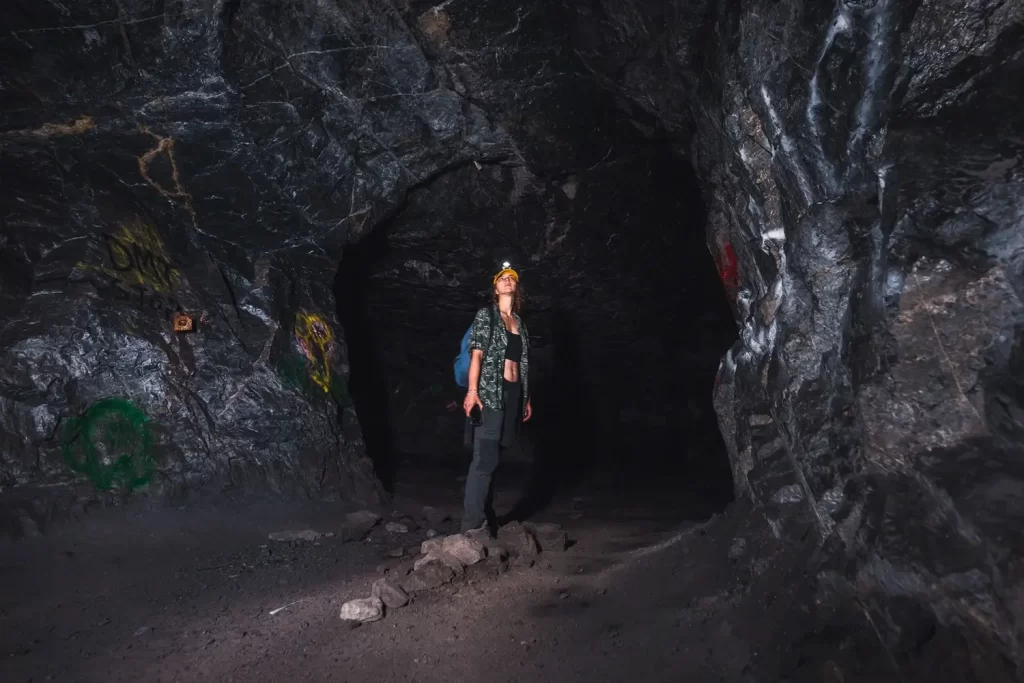
Note: The Heart Creek Bunker hike is located in Kananaskis Country, meaning that a valid park pass is required. Day passes can only be purchased online and are per day per vehicle, but if you’re staying six days or longer, it’s more cost-effective to just buy an annual pass instead.
Before visiting Kananaskis Country it’s essential to read up on the Alberta Parks rules that must be followed to avoid tickets and/or fines. Harmful practices that are illegal in Kananaskis Country include disturbing plants or rock-stacking, or removing any natural object from flowers to rocks, as it’s important to leave the environment as natural as possible for the animals and for fellow hikers to enjoy in perpetuity. As many flowers as there are, there are few enough that if we all took one, then there wouldn’t be any left. Take only photos, leave only footprints.
If you haven’t heard of Leave No Trace principles, they’re also really essential to read up on before heading anywhere into the outdoors in general. Following these important principles basically means doing your best to leave beautiful places like the Heart Creek Bunker as good (if not better) than you found them, both for their preservation and for the enjoyment of other visitors.
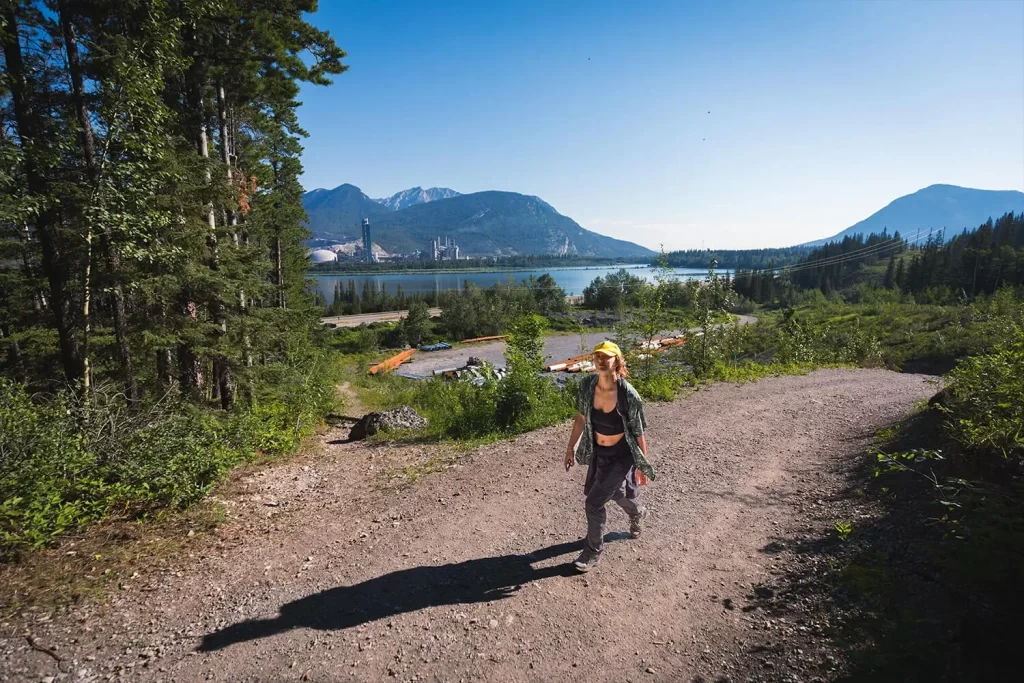
Heart Creek Bunker Round Trip Details
Distance: 4 KM / 2.5 MI
Elevation Gain: 221 M / 725 FT
Hiking Time: 1 HR
Hiking & Safety Tips
- Prepare for the possibility of wildlife encounters. Bear spray is a must whenever travelling in bear country, as well as learning how to use it. Though your chance of an aggressive bear encounter is low, it is always better to be prepared with bear spray. Bear bells are proven to be an ineffective bear deterrent, and are actively discouraged by Parks Canada. The best way to let bears know you’re around is simply to use your voice. Make sure to keep a respectful distance from wildlife and never feed the animals. It may seem kind but it doesn’t just kill wildlife and put people in danger, it’s also illegal.
- Research current trail conditions and make sure you are well-informed about the route before you leave, and assess if it is within your capability. Be aware of what time it gets dark and check the weather forecast. Make sure to tell someone where you’re going and when you expect to return. Every year as more and more people try hiking for the first time, the number of rescues goes up. Being prepared is the best defense.
- Pack everything you need for a successful hike, including enough water and energy-rich snacks. Remember to pack out everything you pack in though – don’t expect to find a convenient garbage can halfway up the trail. Bring appropriate layers (remember you’ll warm up once you start hiking) and sun protection. Hiking poles may be helpful but are not required. In addition to not leaving any garbage on the trail yourself, I highly recommend bringing a garbage bag and collecting any trash that you do see on the trail. You’re guaranteed to make the hike to the Heart Creek Bunker a more enjoyable experience for the next person.
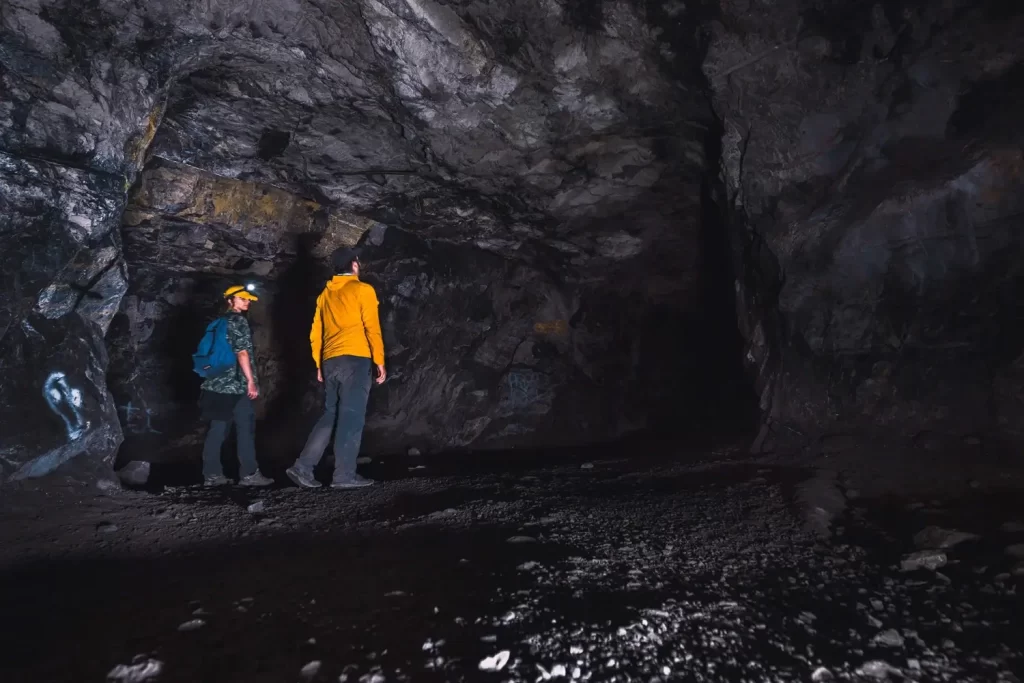
How to Get to Heart Creek Bunker Trailhead
The Heart Creek parking lot is accessible from Highway 1 15 minutes east of Canmore, and is one of the first turnoffs after entering the mountains if driving from the west. Look out for the intersection with signs for Lac Des Arcs, and get off the highway here, turning south towards the Heart Creek parking lot. The trailhead is an hour from Calgary, or half an hour from Banff.
Click here to open the exact trailhead location in Google Maps.
Hiking to Heart Creek Bunker
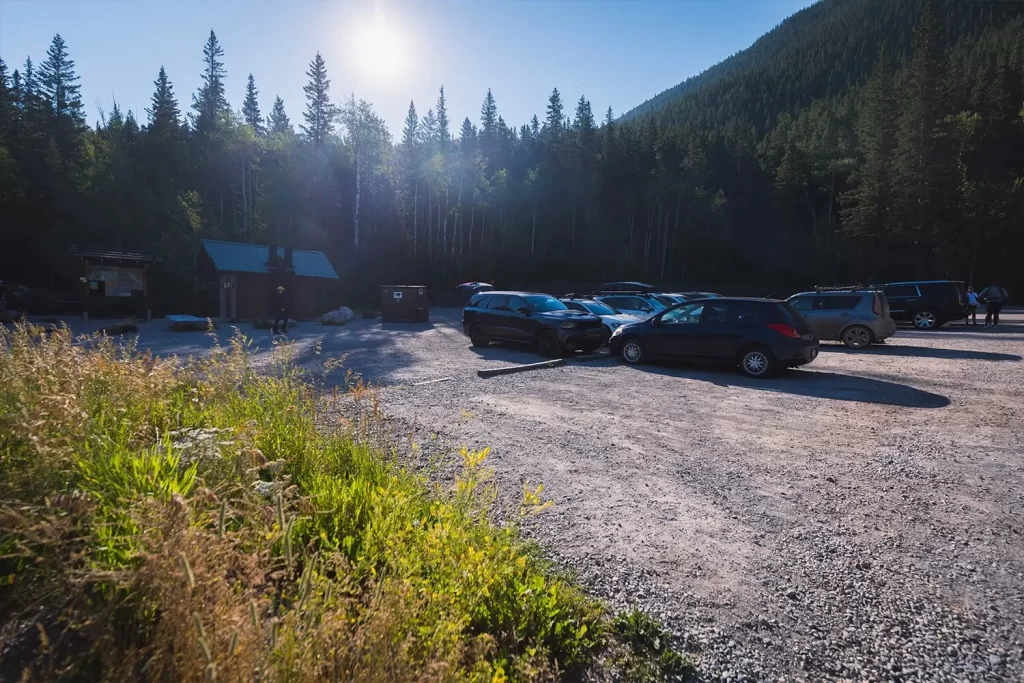
The Heart Creek Parking Lot.
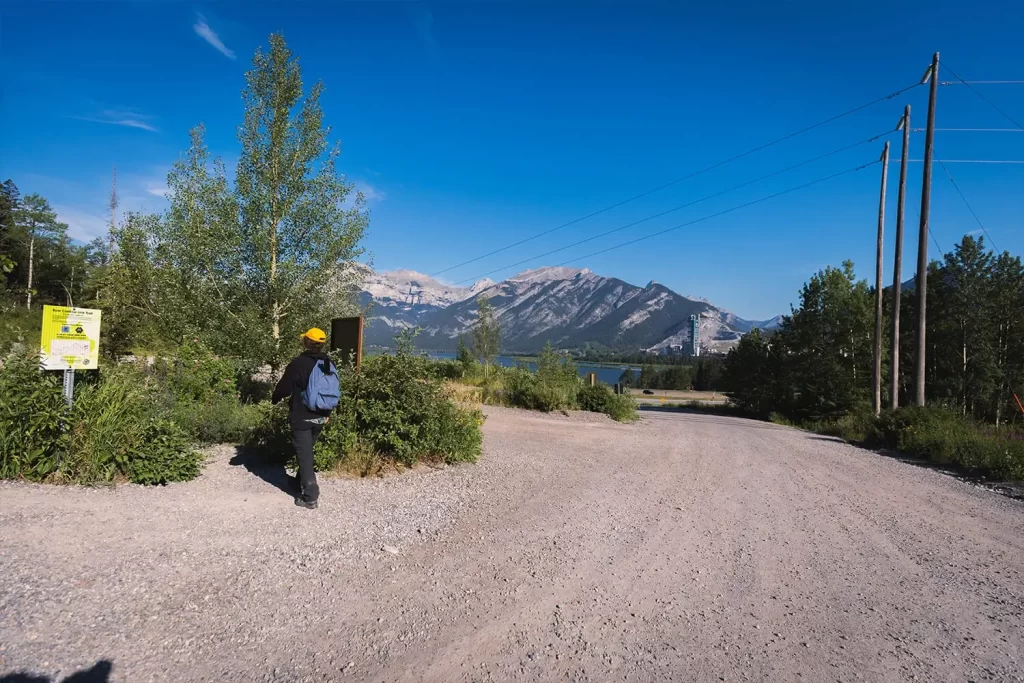
The start of the trail. Most people were heading in the other direction on the more popular Heart Creek Canyon hike, leaving the bunker trail fairly quiet.
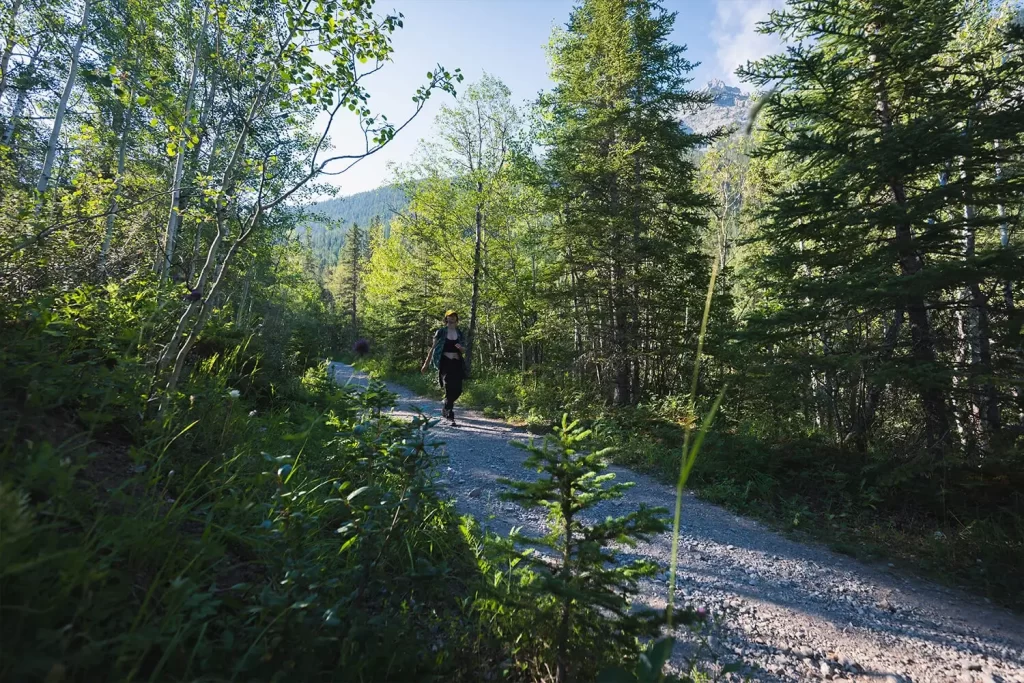
The trail is fairly straight and wide.
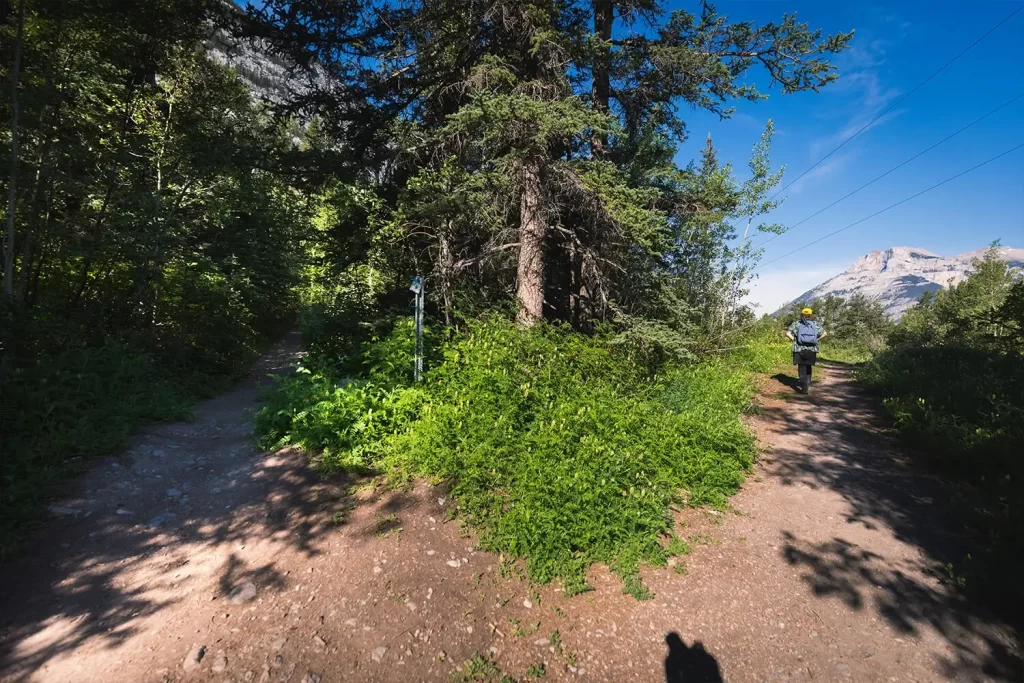
The trail on the right turns into an old road. The smaller trail on left runs parallel to the old road for a bit before reconnecting with it as well.
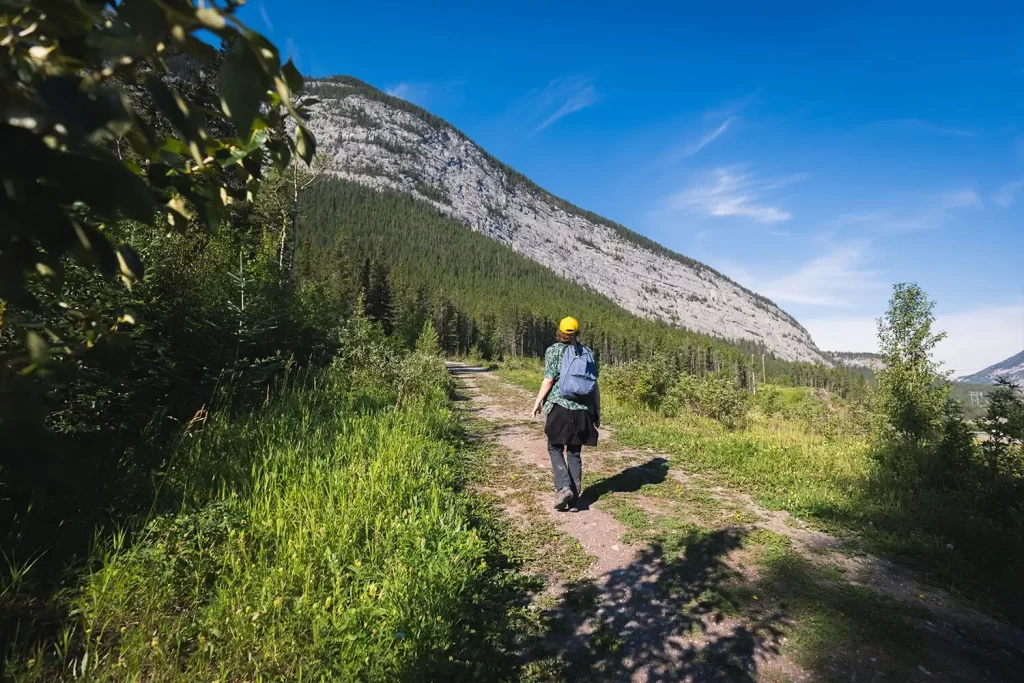
The old road. Mt. McGillivray in the distance.
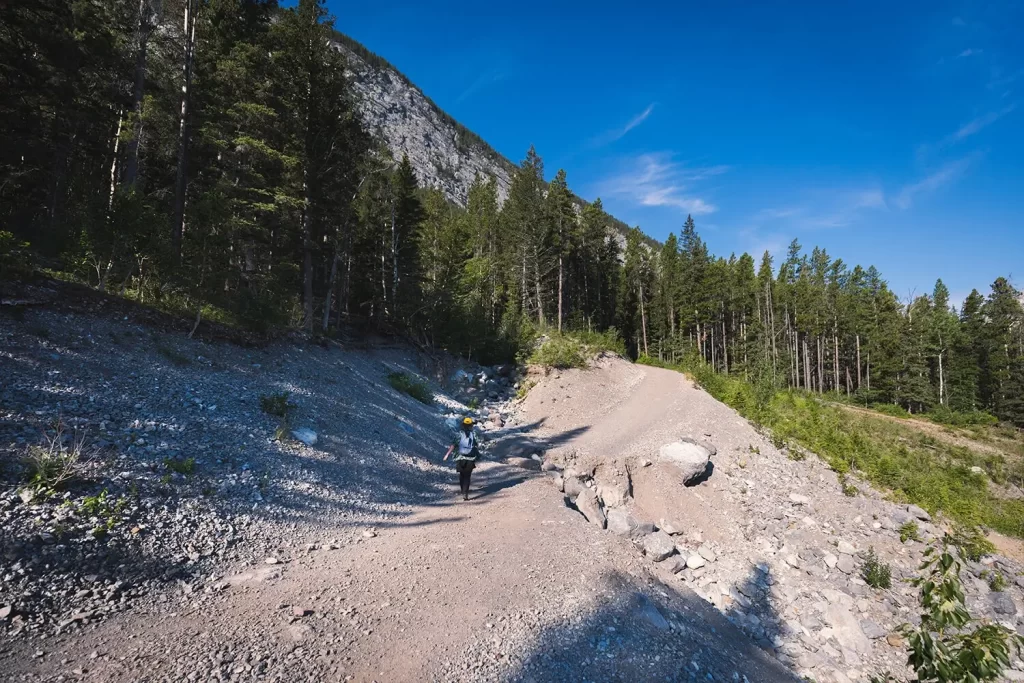

A construction sight and consistent views of the highway with industrial plants in the distance make getting lost in nature a bit difficult. In this case the journey is about the destination.
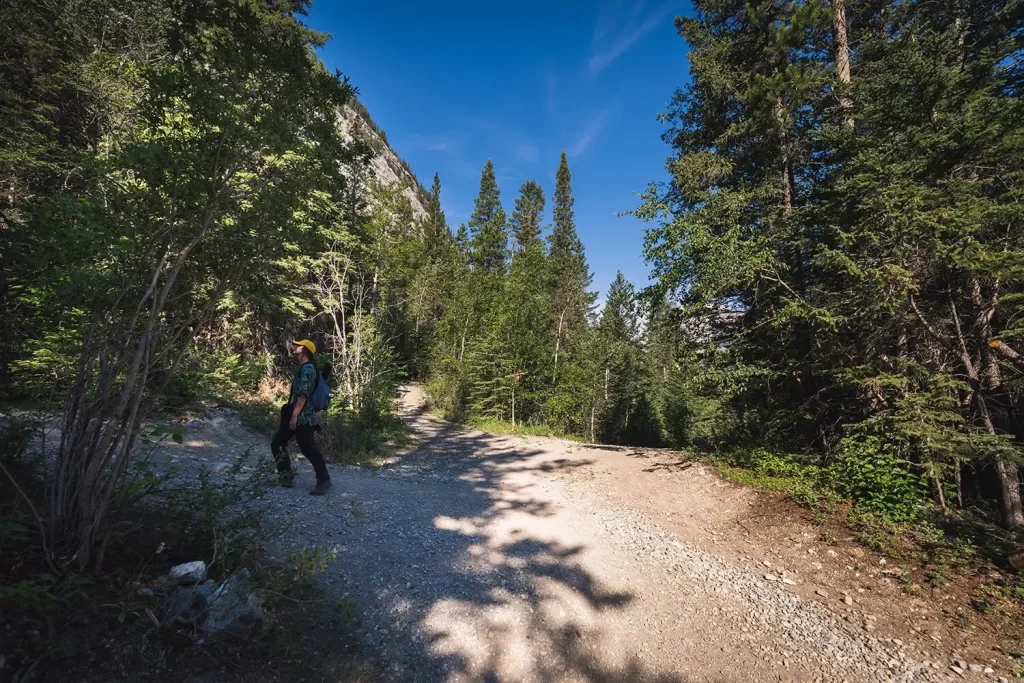
Turning left at a junction.
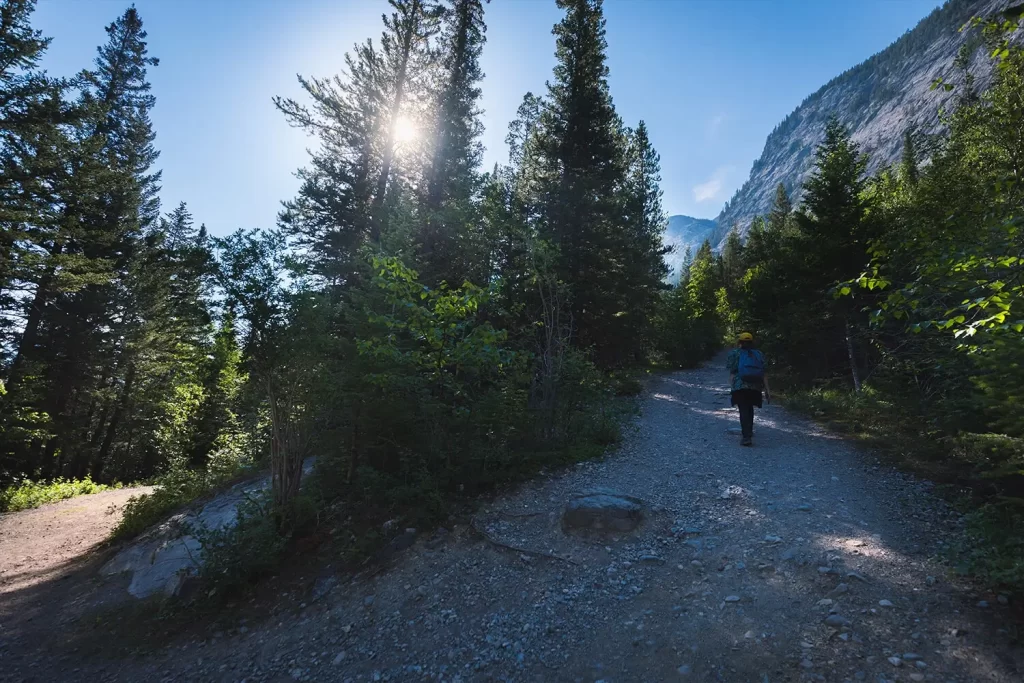
The trail heads up for a few minutes before switchbacking back in the other direction alongside the foot of Mt. McGillivray.
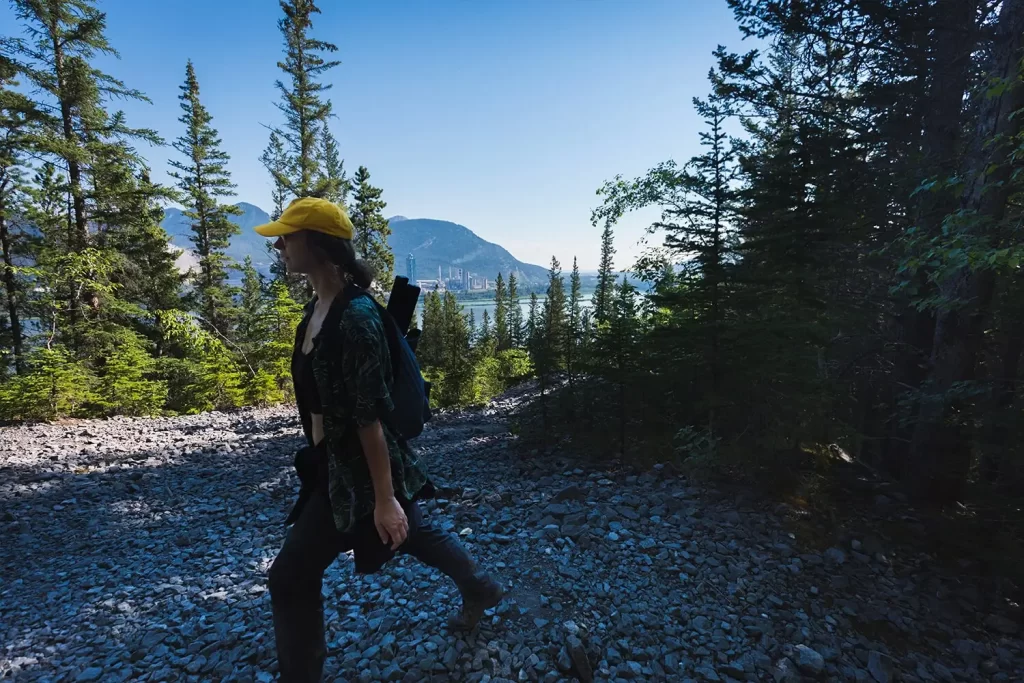
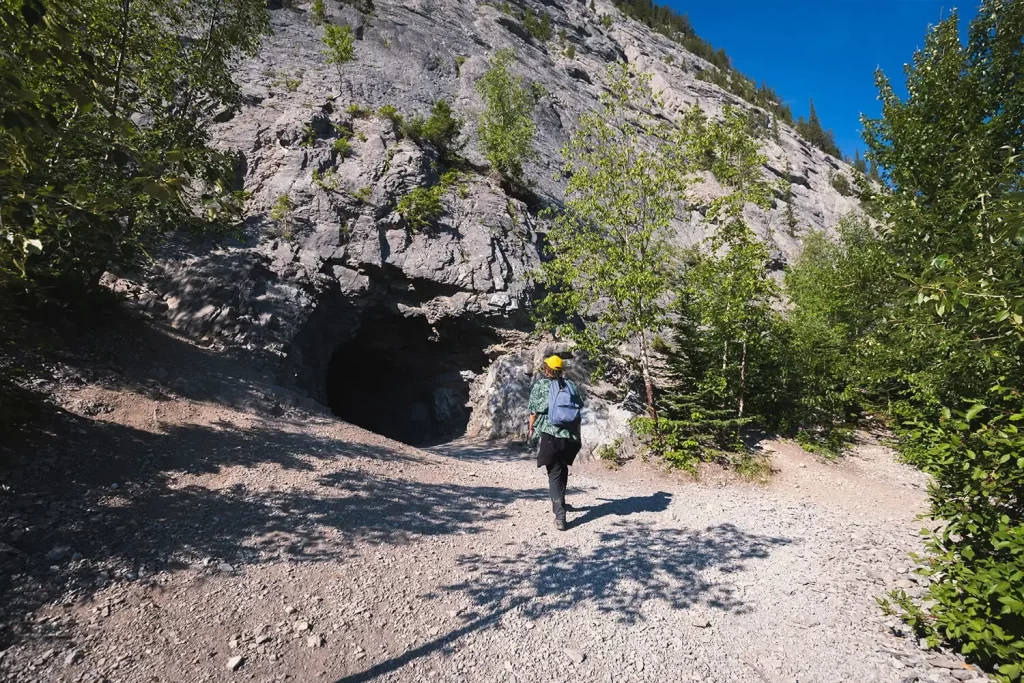
The entrance is just off of the trail and pretty hard to miss. The cool air inside the bunker was of great relief on this sunny day.
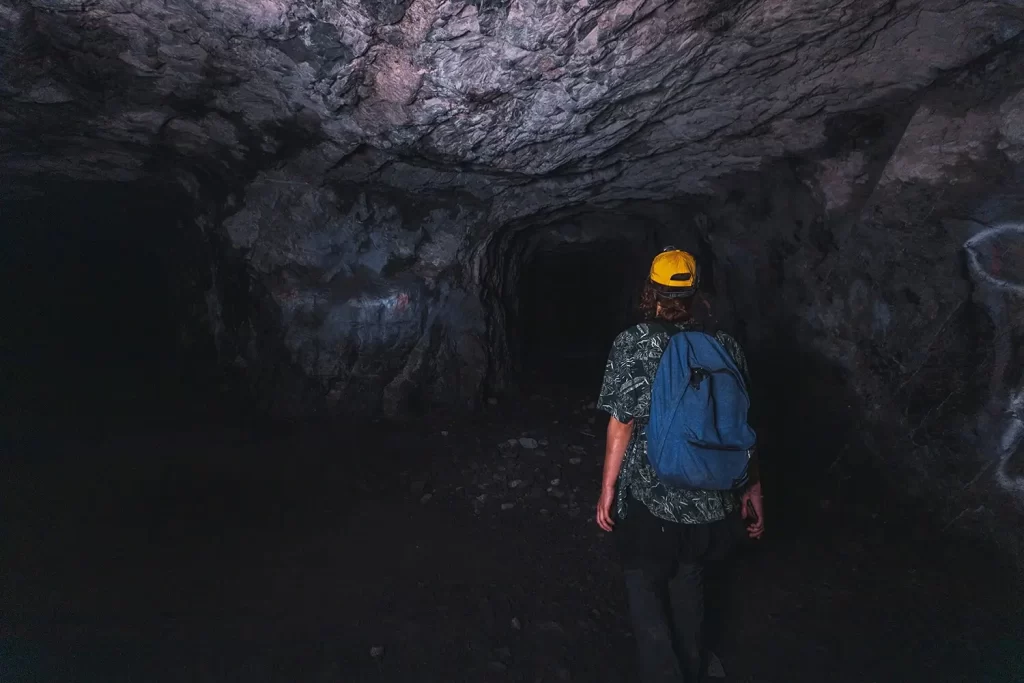
Exploring the bunker. Sadly the interior is marred by graffiti and litter on the ground. Make sure to pack out whatever you pack in.
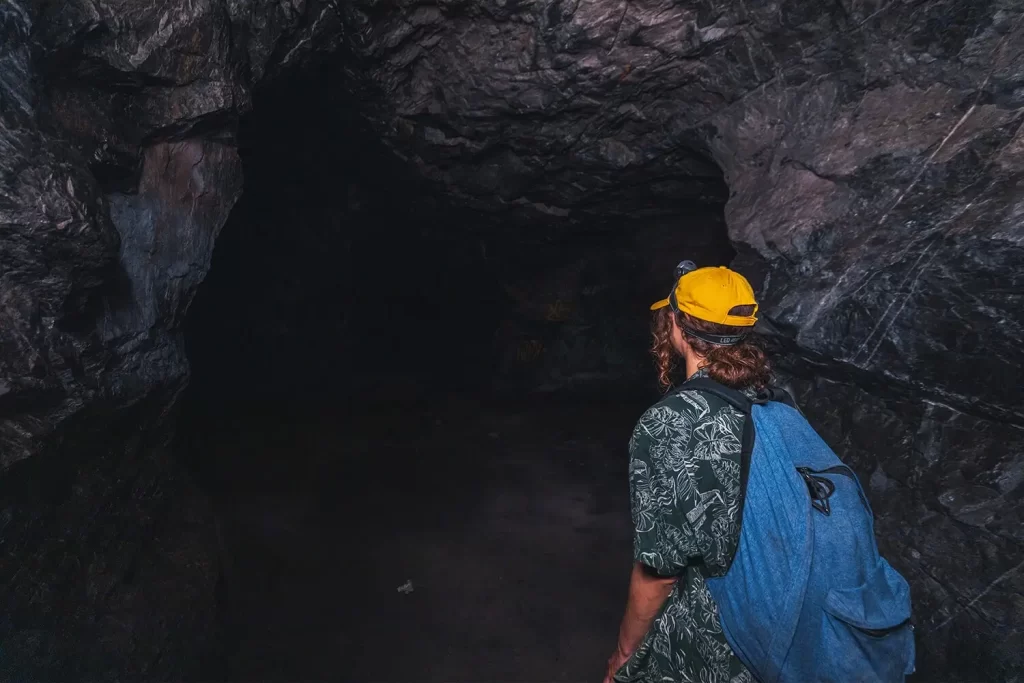
The bunker extends back quite aways, and I highly suggest bringing a headlamp to explore it. I’ve seen people try to use just their phone flashlight and that just doesn’t cut it frankly.
Recommended Hiking Gear
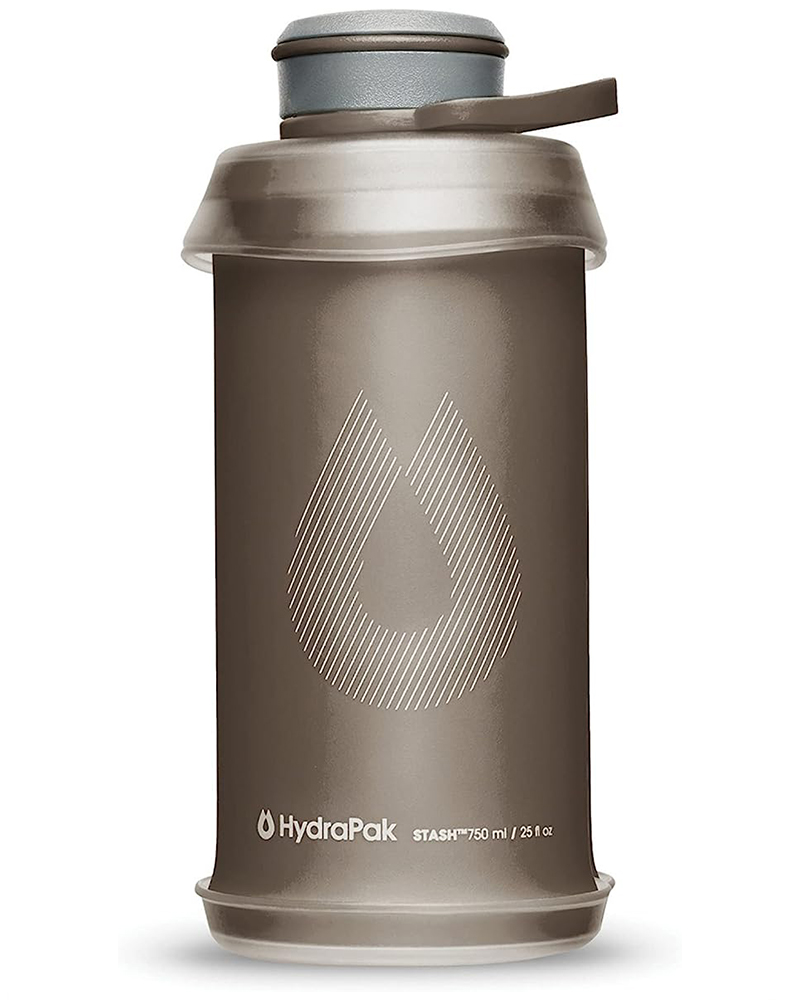
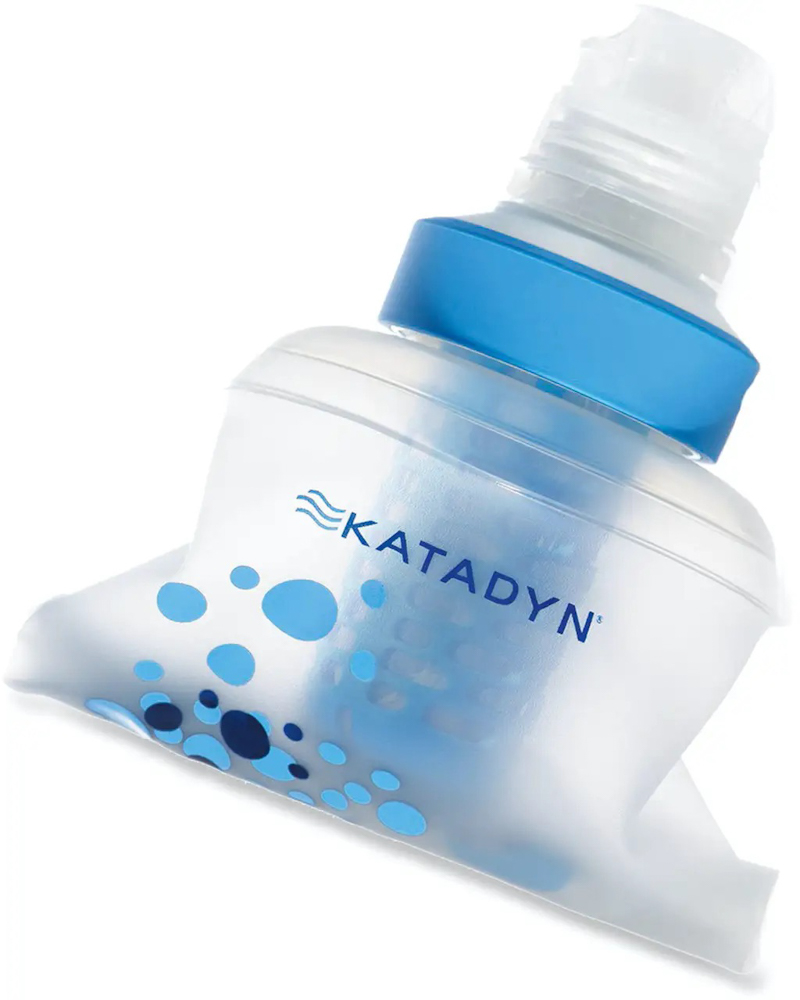
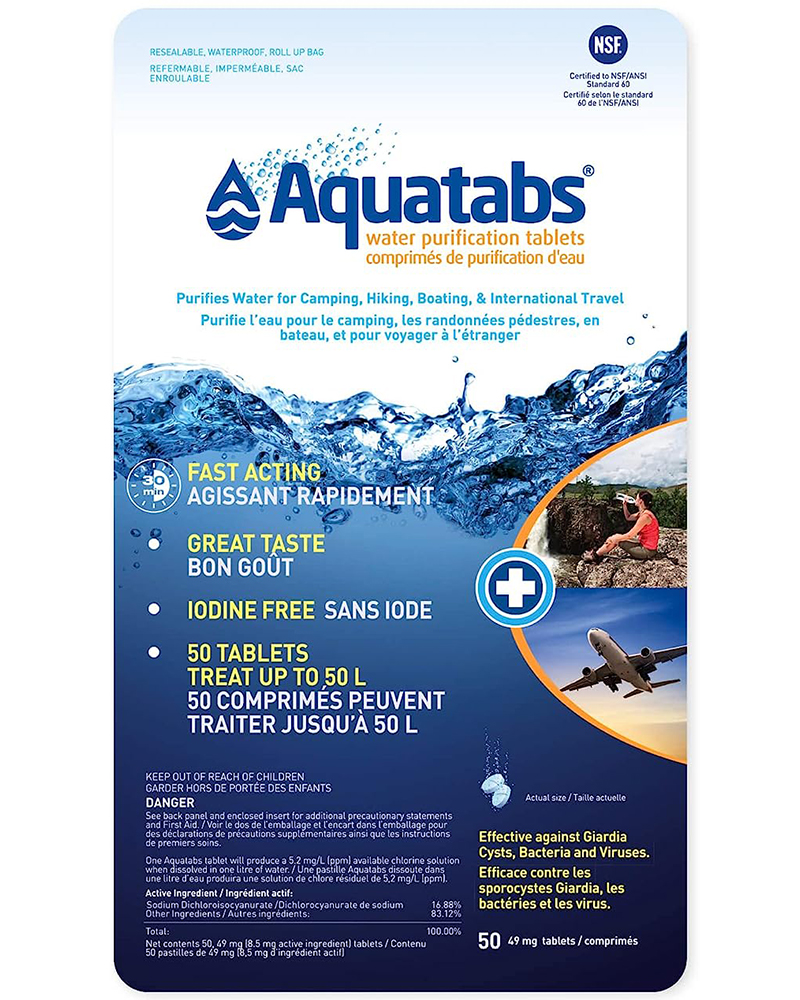
Water is a must whenever I’m hiking, especially if the sun is going to be out. My favourite water filter I’ve used is the Katadyn BeFree 0.6L, which unlike other water filters I’ve used packs up really small and lightweight. For hikes where I know there won’t be any readily available water sources along the way, I make sure to bring my own. The Hydrapak Stow 1L bottle is my go-to, for the same reason that it’s made of a soft plastic that folds up and doesn’t take up any more extra space than necessary in my pack. Finally, Aquatabs are another great option for purifying water, with one tablet being suitable for one litre of water. I previously used the Grayl water filter while travelling internationally, and though I found its hard body more convenient for day to day use and easier to drink from, it has a little too much bulk for my fast-and-light style of hiking.
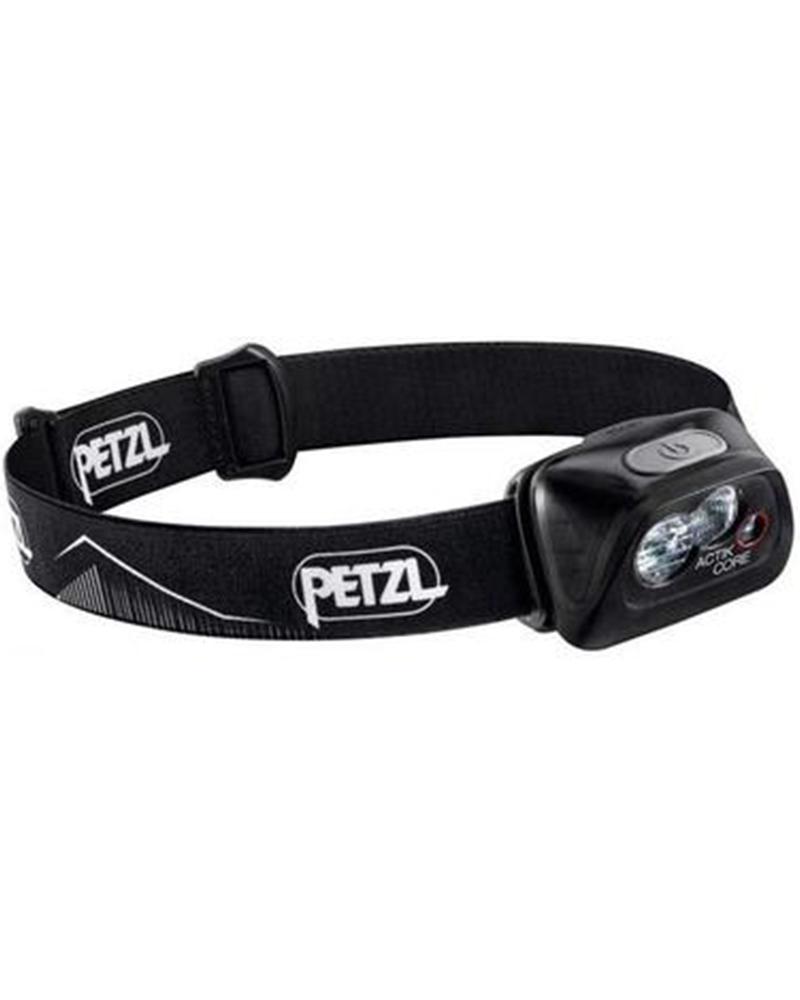
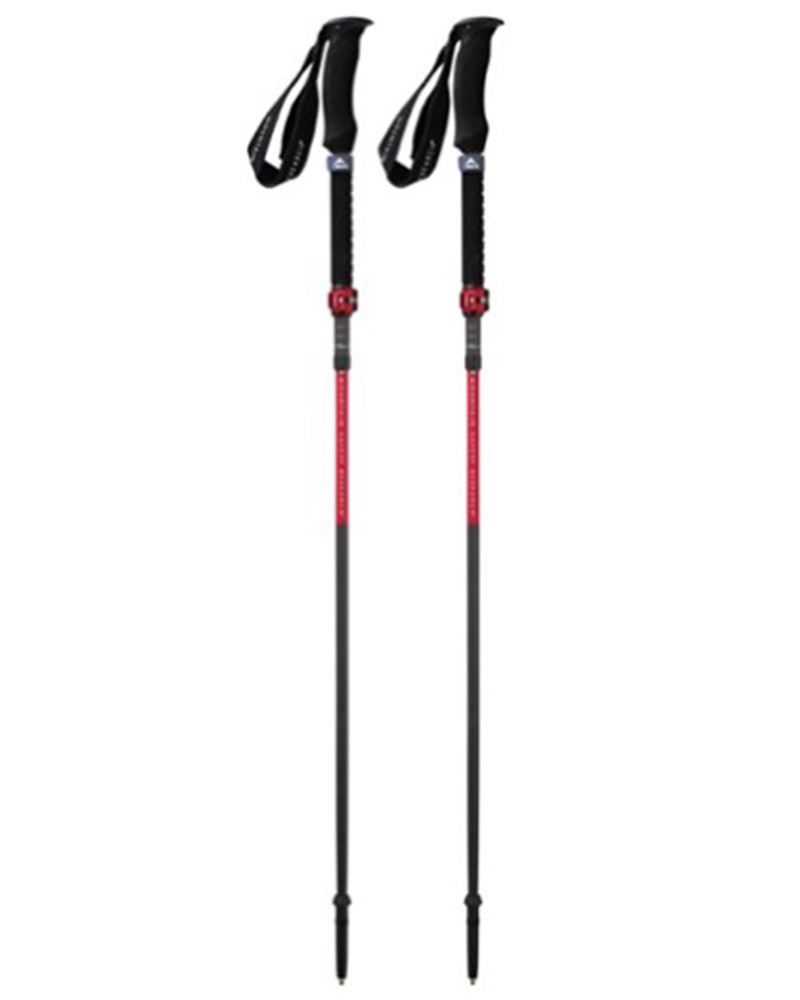
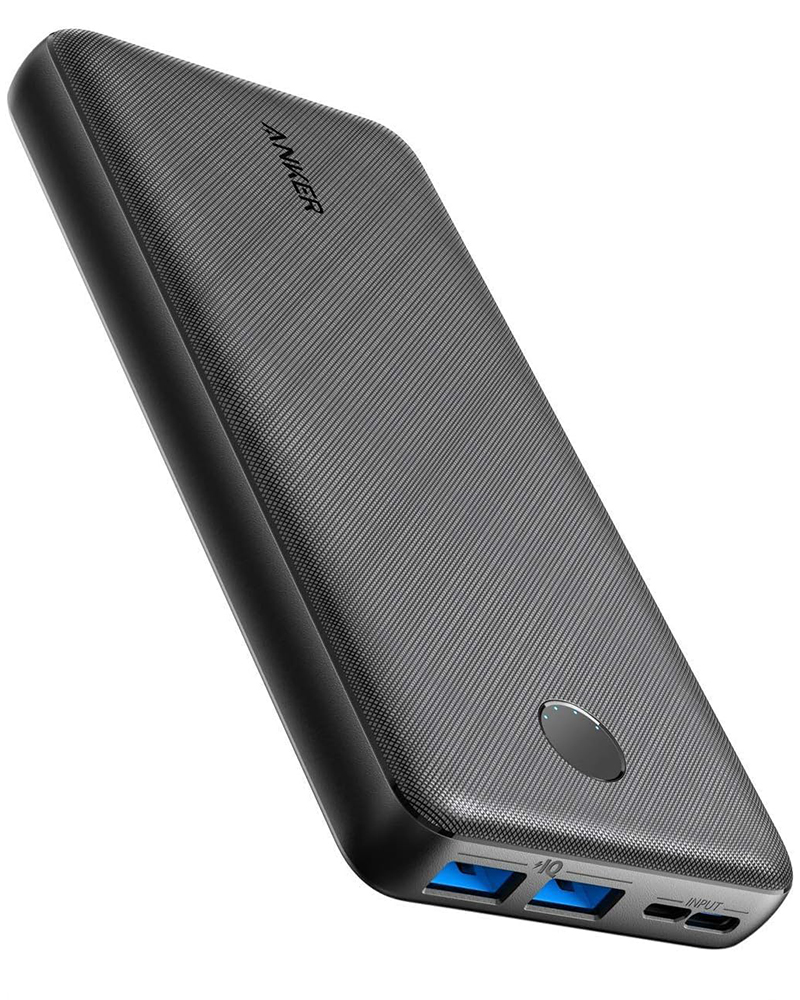
The secret to all my photos of gorgeous sunset and sunrise mountaintop views? A lot of hiking in the dark. And let me speak from personal experience when I say that the last thing that you want to happen when hiking is to be caught in the dark without a headlamp. I used the Black Diamond Spot 400 for years and it worked great – until I lost it on top of a mountain somewhere. The only downside to it was having to worry about the batteries dying, though there’s also a slightly more expensive version that has a rechargeable battery. Nowadays I’m using the Petzl Actik Core, which is a bit pricier than the more budget-friendly Black Diamond, but is also brighter, more comfortable (in my opinion), and has a hybrid power system that is rechargeable but can also take AAA batteries if needed.
You won’t see me using trekking poles on shorter hikes often – but on long hikes and backpacking trips, as well as certain scrambles, they are an absolute lifesaver. I’ve invested in a high quality ultra-lightweight pair of MSR DynaLock Ascent carbon poles which, while pricey, I don’t regret one bit. If you’re not entirely sure how much use you’re going to get out of a pair of trekking poles, the best budget-friendly option would be the Trekology Trek Z 2.0. Amazon does sell a lot of cheaper Made in China-style trekking poles for cheaper, but these usually are much much heavier and not worth buying.
All the best and most long-lasting cables and power banks I’ve ever owned have been Anker. I once had a phone cable from them that lasted me over three years of daily use! That’s why I keep an Anker PowerCore Essential 20K power bank on me. Like many people I use my phone for a lot of stuff when hiking (checking in with family, using online maps, taking photos, flying my drone) so I like to be prepared for that low battery warning by having a backup power source on me just in case.
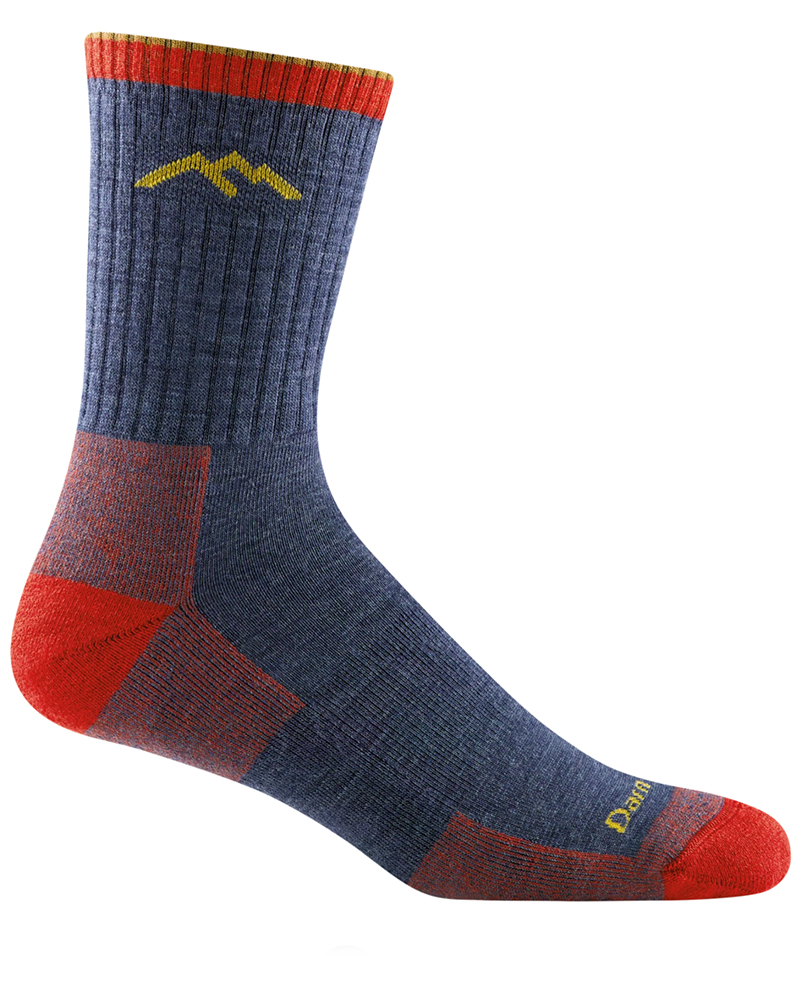
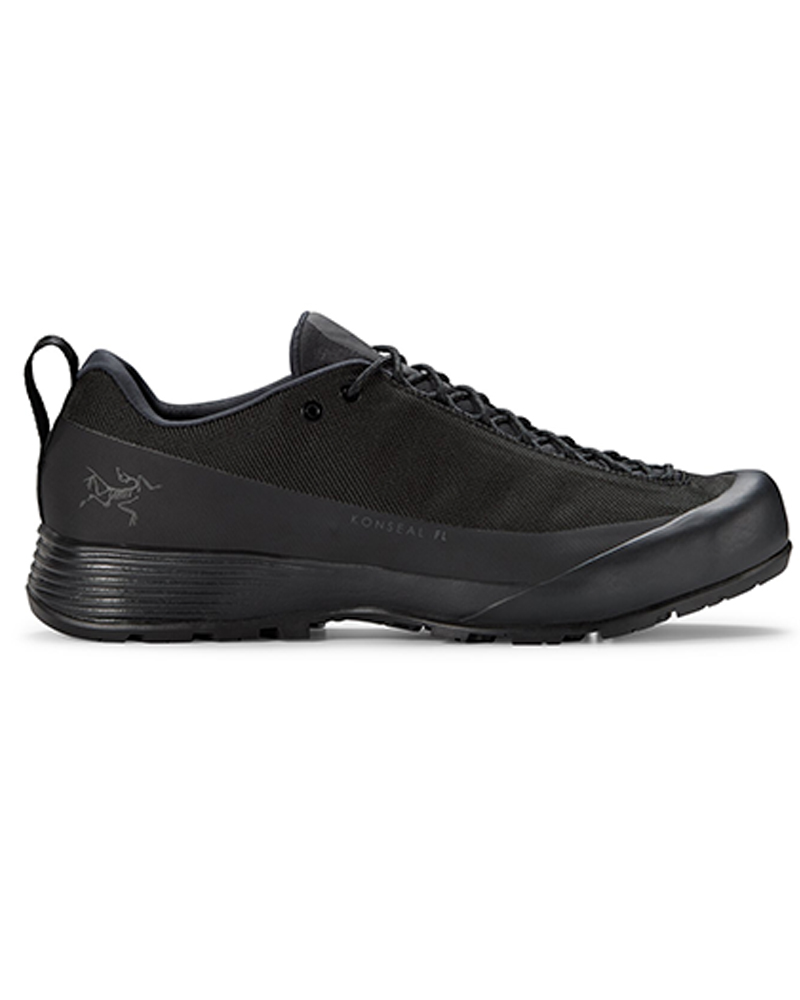
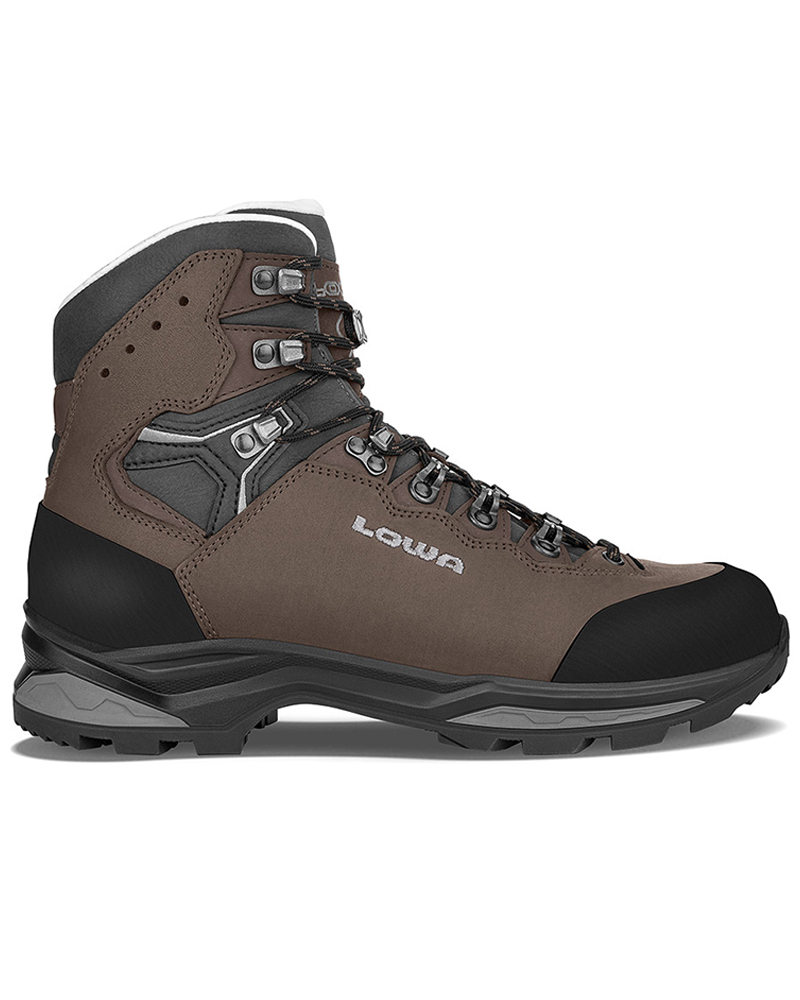
The only socks I ever buy for myself are from Darn Tough, and I almost always make sure to wear them when hiking. After years of having no problems only wearing these comfortable and rugged socks for hikes, I accidentally wore a pair of no-name socks on a hike last year and ended up with blisters on both feet. Safe to say I’m back to sticking with the Darn Tough. And the best part? They have a lifetime guarantee, meaning that if they ever wear out you can send them back for a brand new pair. For hiking footwear I go between a pair of lightweight approach shoes for quick and dirty mountain ascents or anything involving scrambling and more heavy-duty boots for longer treks. I’ve worn a couple different versions of the lightweight but super durable Arc’teryx Konseal FL 2 approach shoes for a few years now and am very impressed with the durability. I also really like the thick toecap that keeps me protected every time I stumble into a root or large rock. For longer, tougher, or muddier treks I rely on my LOWA Camino EVO GTX, which I find insanely comfortable and made of very high quality.
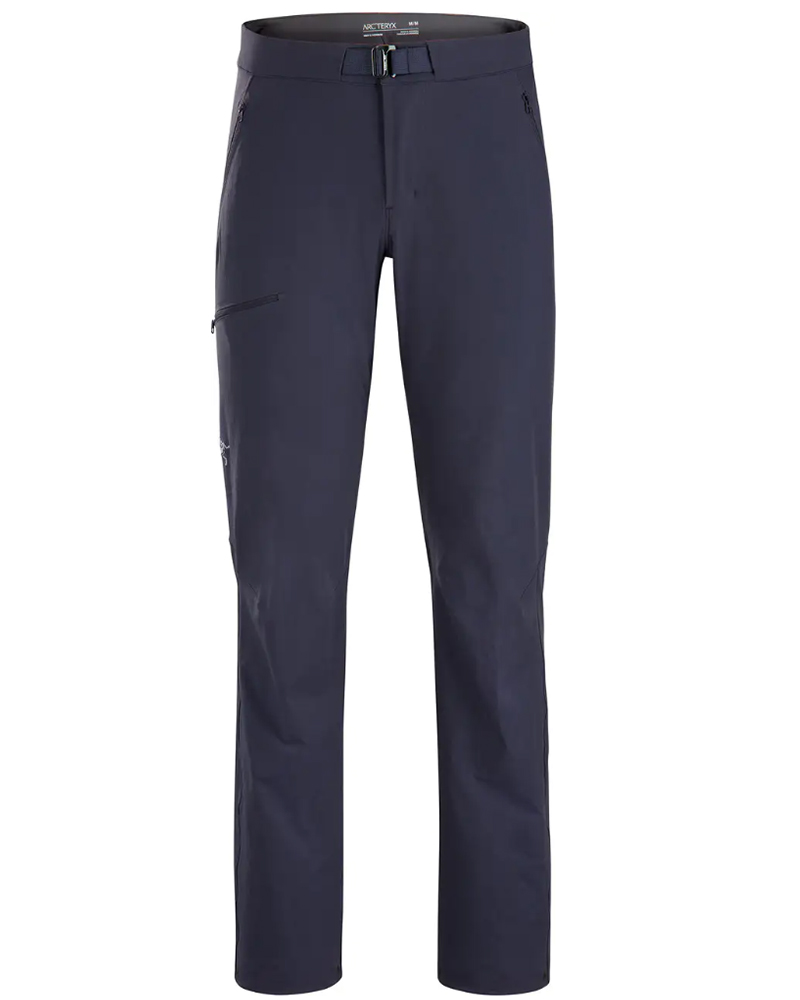

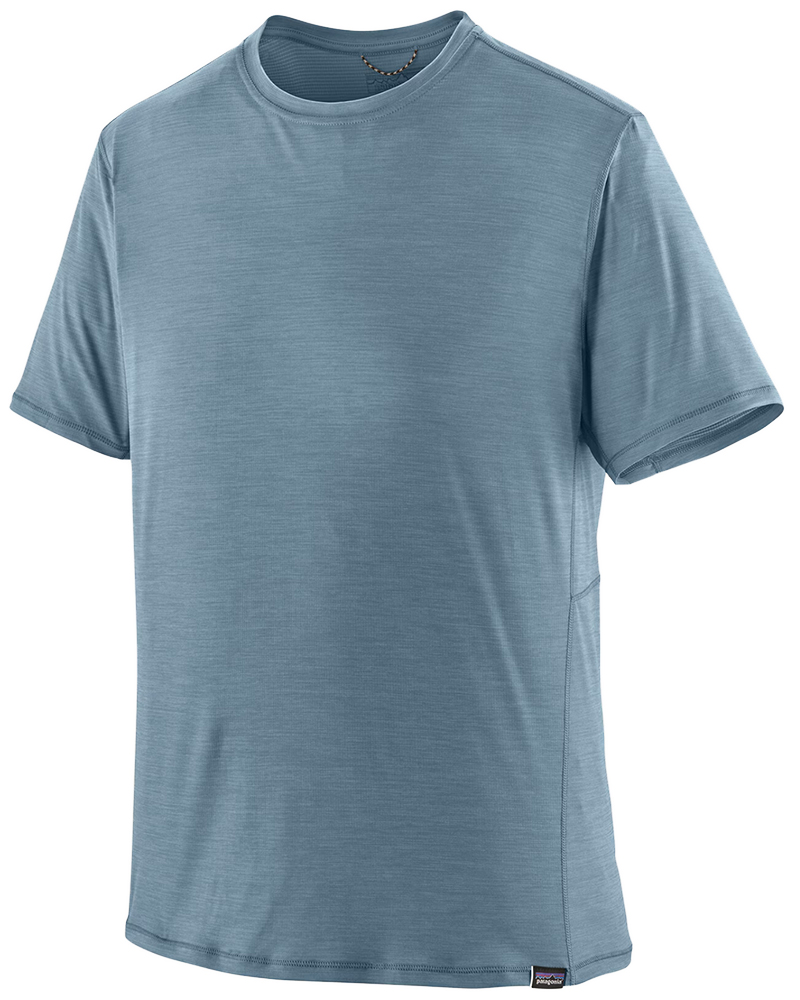
I wear my Ar’teryx Gamma Lightweight Pants on every single hike I go on, and on many days when I’m not hiking. After several years of abuse they are still holding together extraordinarily well, with only a few small holes from where I’ve fallen down and some slight stains from being repeatedly coated with mud. They’re lightweight, breathable, and super comfortable. For lightweight and breathable hiking tops I’m a big fan of both the Patagonia Capilene Shirt and the MEC Core Shirt. My Arc’teryx Squamish Hoody shows up in a lot of my photos. It’s super lightweight and packable, and does a great job of cutting the wind while also being pretty breathable. I also have an Arc’teryx Atom Hoody and Arc’teryx Beta LT that I pull out for cooler or wetter conditions.
I hope you enjoyed this guide to hiking to the Heart Creek Bunker in Kananaskis Country! Feel free to leave any questions in the comment section below or to contact me directly via social media.
